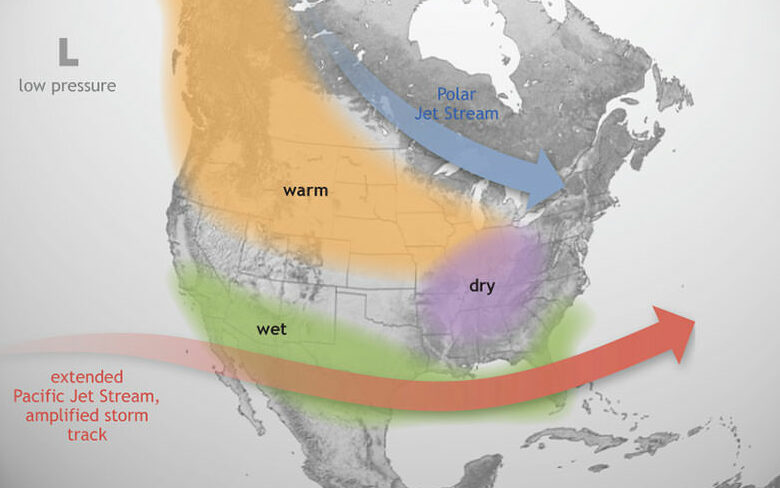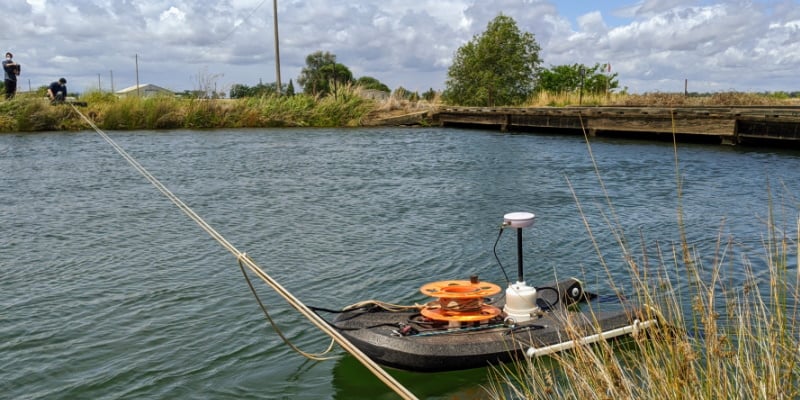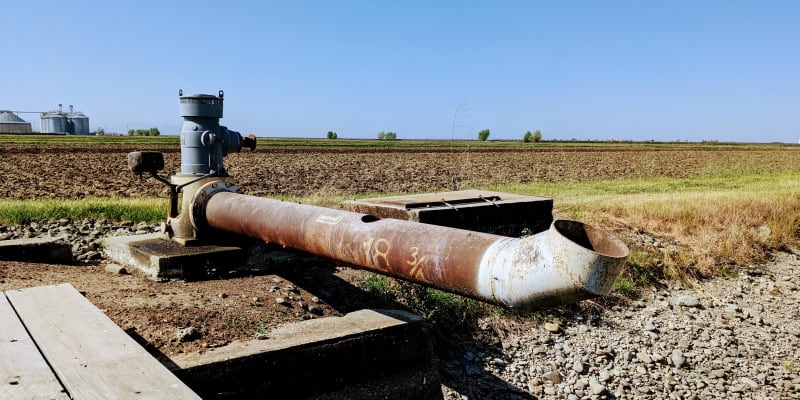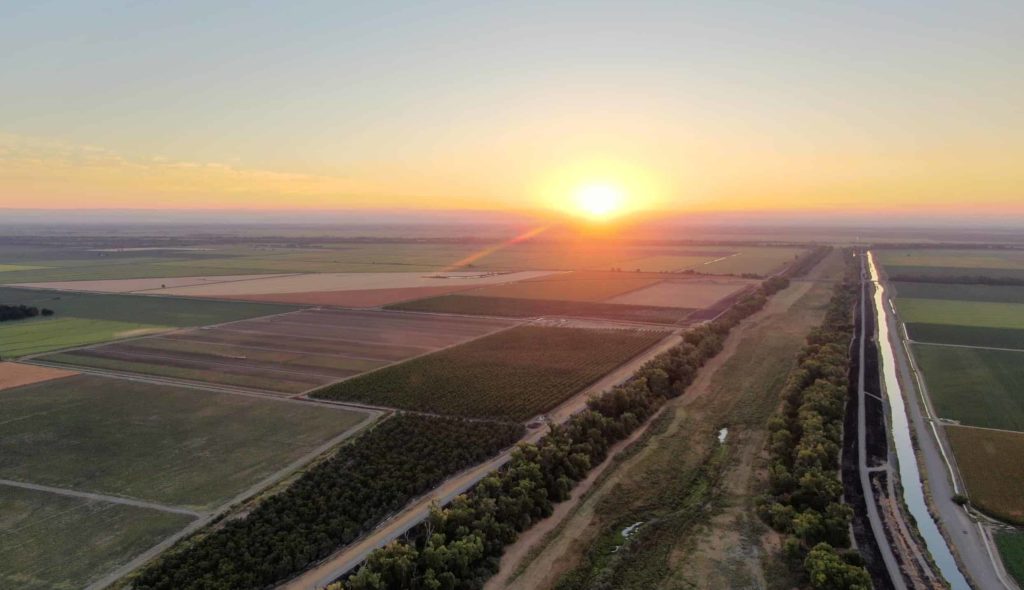Over the last ten years, we’ve seen a range of extreme weather in California – from years long droughts to record amounts of rainfall. While analyzing the variety of possible weather conditions, experts will sometimes discuss a climate pattern referred to as El Niño or La Niña.
El Niño and La Niña are two opposing climate patterns that break up what is considered normal weather conditions. According to the National Oceanic and Atmospheric Administration (NOAA), these climate patterns don’t occur on a regular schedule and typically last nine to 12 months, with El Niño occurring more frequently.
During El Niño, trade winds weaken and warm water is pushed back east, toward the west cost of the Americas. The warmer water causes the Pacific jet stream to shift south and during the winter months, leads to wetter conditions in the southern U.S. and warmer/drier conditions in the north.
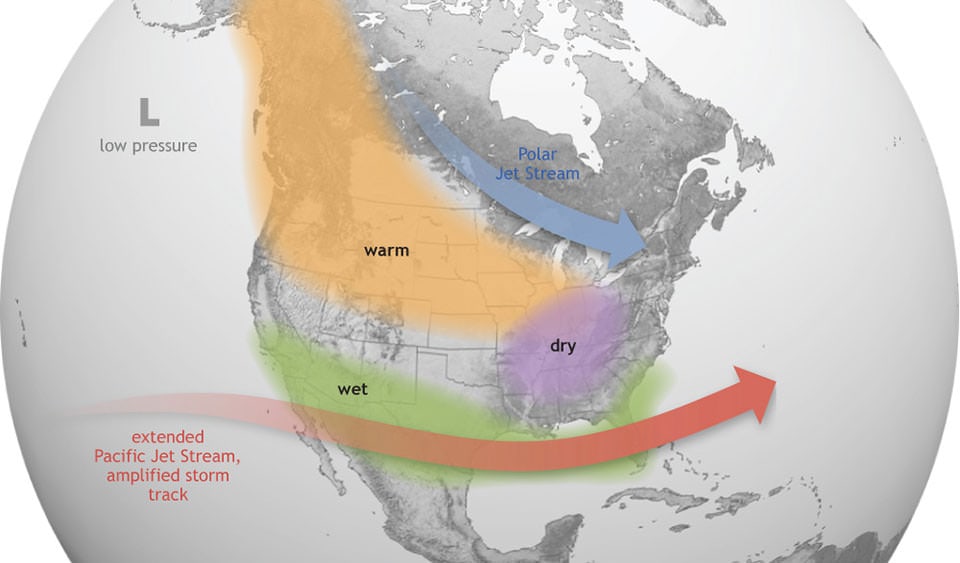
(Source: National Oceanic and Atmospheric Administration)
In La Niña, trade winds are stronger and pushes warm water towards Asia, bringing cold water to the west coast of the Americas. This pushes the jet stream north and will typically bring drought conditions in the southern U.S. and heavy rain in the Pacific Northwest and Canada.
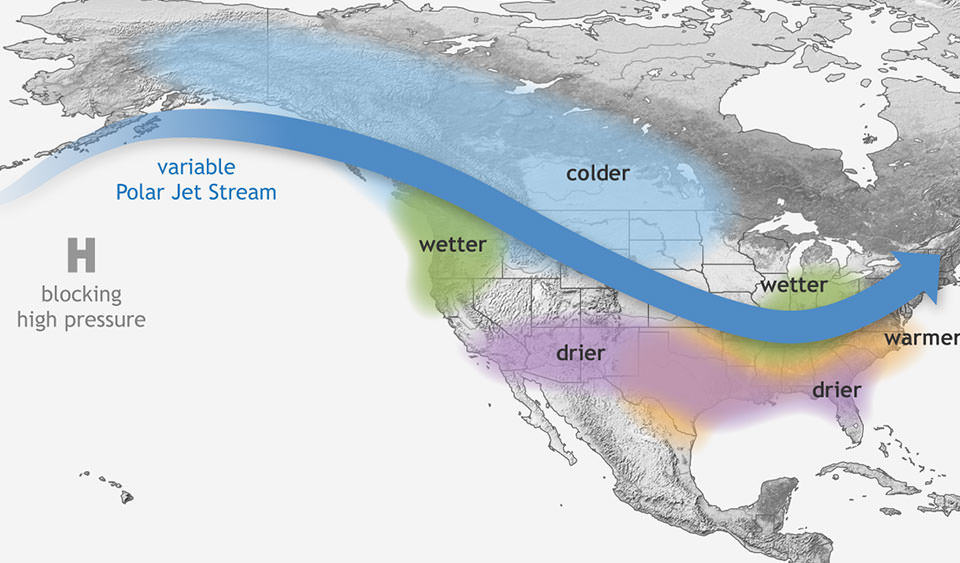
(Source: National Oceanic and Atmospheric Administration
Currently, we are experiencing warmer than normal sea surface temperatures in the eastern equatorial Pacific Ocean, which would classify as El Niño. NOAA is predicting a 62% chance of El Niño conditions persisting in the spring, and a very high likelihood of them continuing through at least February/March.
The relationship between El Niño and precipitation in California is a trickier one to pin down. While El Niño conditions generally mean wetter than normal conditions for most of California, that hasn’t always been the case, and different parts of California often are impacted in different ways. NOAA is predicting wetter than normal conditions through March, but average conditions after that.
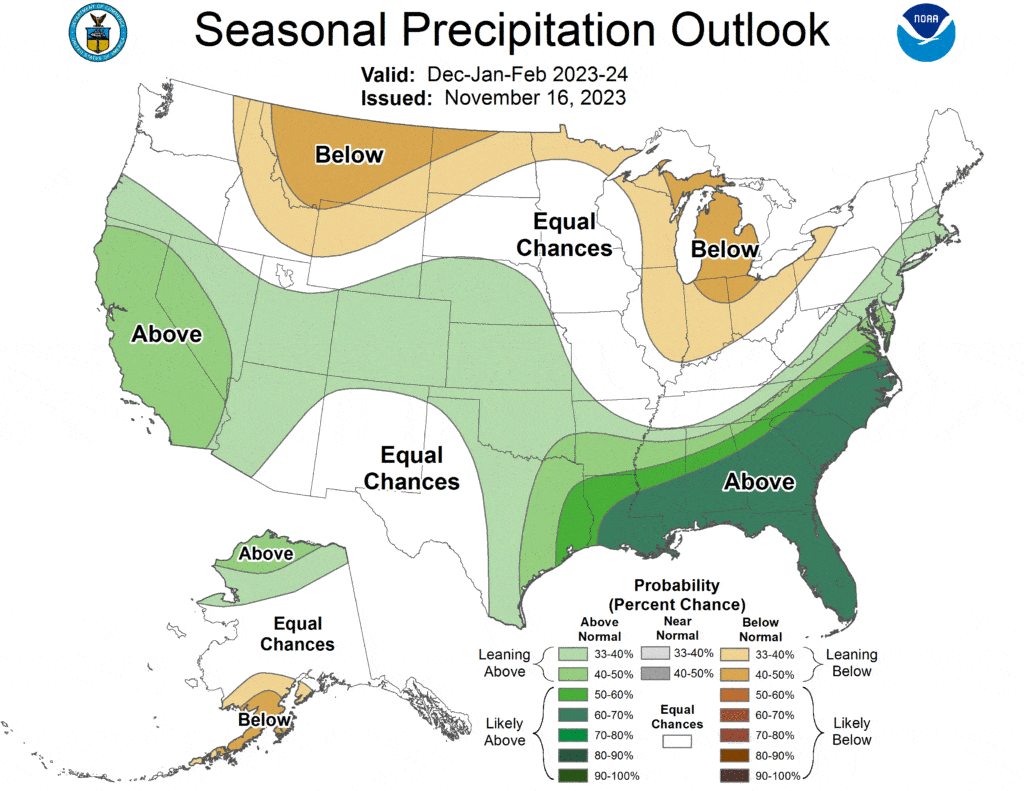
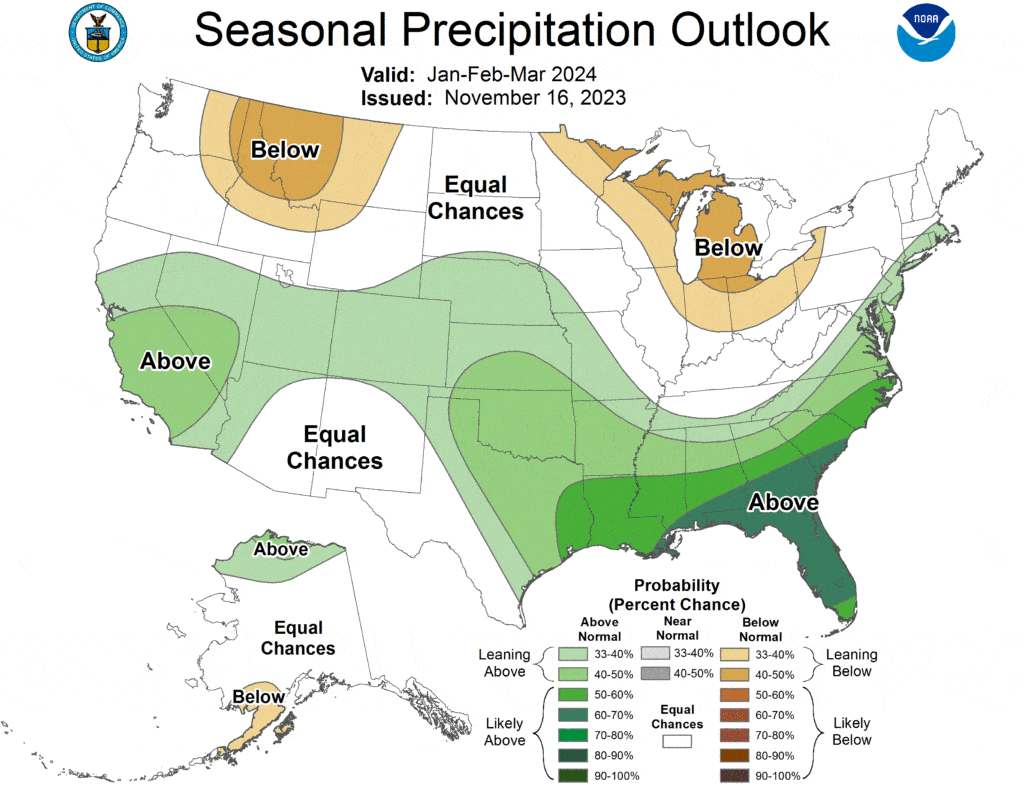
(Source: National Weather Service Climate Protection Center)
Although California’s dynamic weather patterns are hard to predict, we remain committed to providing water solutions that will efficiently and effectively utilize our water resources. In the meantime, we are hopeful for a rainy winter and spring!
